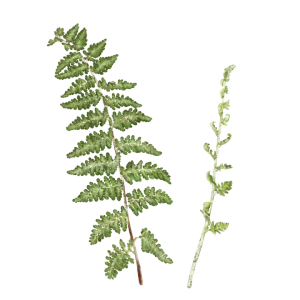
CHEILANTHES LANOSA
Hairy lip First, I would like to ‘tell you something about the name that might sound a little strange to you. ‘Hairy’ stands for the funny
For hundreds of years ferns were regarded as magical and mysterious plants. People hunted them all over the world to find different kinds. Cedar House Ferns consists of a small and exclusive collection of outdoor ferns. You can collect these wonderful plants yourself and benefit from the clean air they spread and their beautiful leaves.
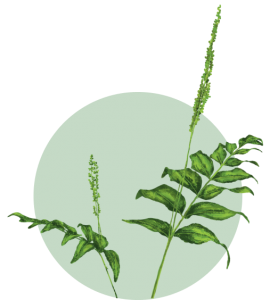

Hairy lip First, I would like to ‘tell you something about the name that might sound a little strange to you. ‘Hairy’ stands for the funny
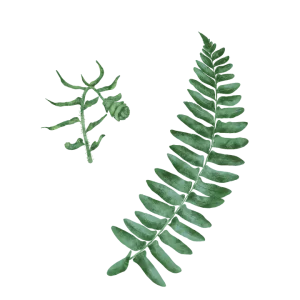
Polystichum acrostichoïdes – A medium-sized, coarse fern with deep evergreen, highly polished fronds, fertile fronds are taller and sterile fronds shorter and broader. The fronds grow
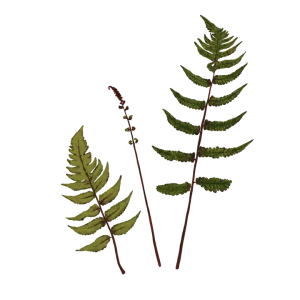
Anisocampium sheareri – The fronds of this fern are of two types: broader, bottle-green infertile ones that grow quite low down and narrower long-stemmed fertile ones
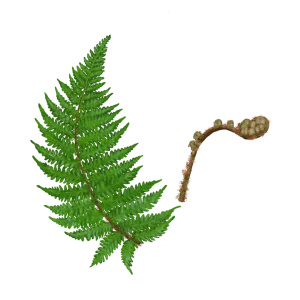
Polystichum yunnanense – This fern grows wonderfully without significant attention, even under dry conditions for a while. This rare fern asks to be discovered by more
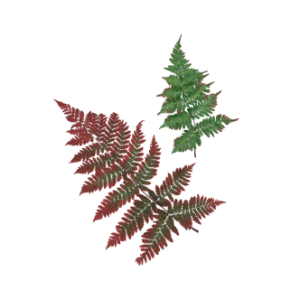
Dryopteris koidzumiana – This unique fern loves warmth, so patience is required for it to start growing. But once it does, new fronds emerge with their
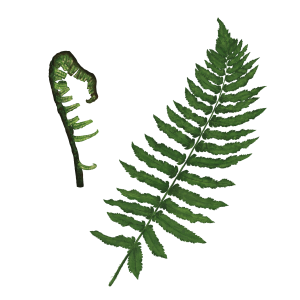
Dryopteris atrata – The black stems of this fern accent the fronds quite well. Looks great in shady borders or woodland edges. When grown with plenty
“I love ferns because of their diversity in shape, foliage, colour and beauty and their enormous urge to survive.”
-- Richard Hayward
The unique and specially selected Cedar House Ferns distinguish themselves by their beauty in form, foliage and colour and the radiance of their mysterious past.
The guaranteed premium quality of Cedar House Ferns is achieved by the use of healthy raw plant material and a carefully controlled and reliable growing process.
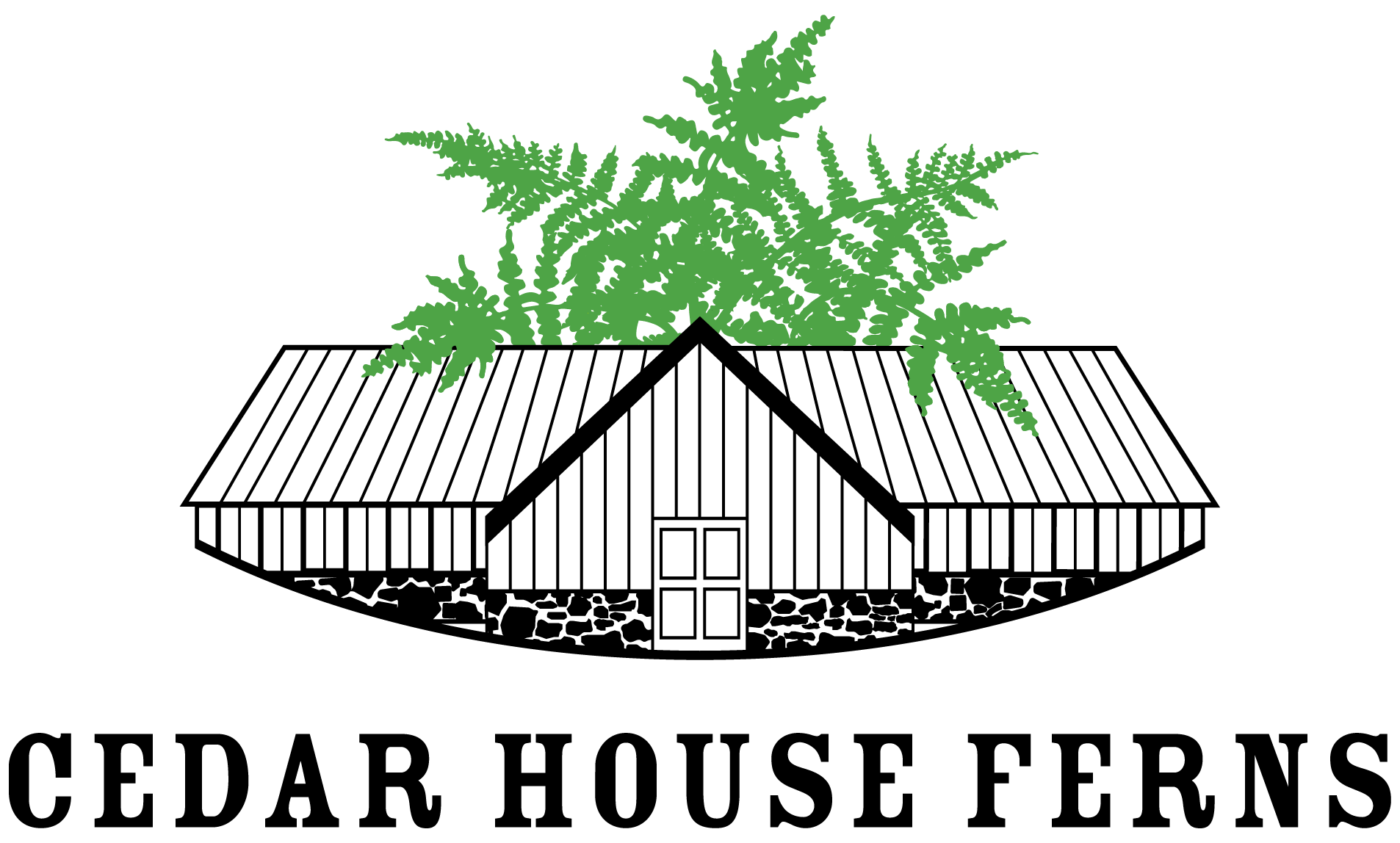
Cedar House Ferns purify the air. They are grown with neither use of pollutants nor waste of energy and water and with sustainable cultivation pots and packaging.
Because of their pleasant appearance Cedar House Ferns are ideal to create a personal, enchanting and relaxing green space to escape from the hectic pace of life.
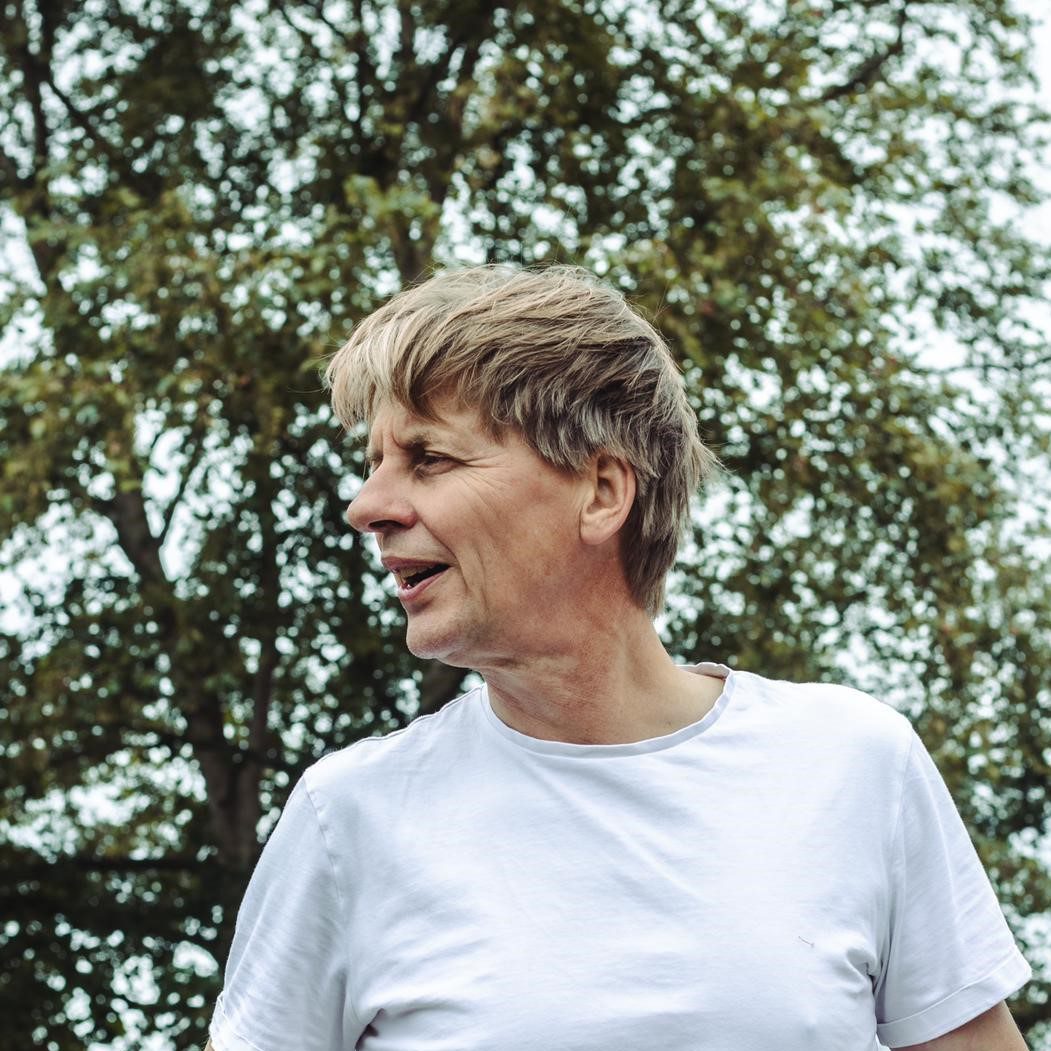
The Founder
John Bijl has had a passion for ferns for more than thirty years. He propagates a wide range of young ferns which he supplies to nurseries all over the world. But he now also wants to introduce consumers to the fascinating history and diversity of ferns. To make the fern atmosphere come alive, his dream was to build a classic cedar* fern house with a garden where the ferns grow in a natural environment: CEDAR HOUSE FERNS.
"The creation of Cedar House Ferns takes me back to my roots."
The garden is meant as a showcase to promote the most beautiful assortment of ferns. After a careful preparation the designers could hardly wait to start with the creation of the garden, which contains a fern house, a pond, cosy corners with a lot of shadow, all kinds of trees and a ‘Zeeland hedge’. It is accessible for all people interested in ferns and shows consumers what they can do with these lovely plants.
For centuries, ferns were regarded as mysterious plants. Their extracts were used as treatment for all kinds of ailments. Ferns were also intriguing because of their puzzling reproduction. They were thought to have invisible seeds. In the 19th century it was finally understood how microscopic spores contributed to their reproduction.
In 19th century Britain, a fern craze or pteridomania affected all classes of society. Many books were published about ferns and plant collectors looked for new species. Men, women and children started fern hunting, which was seen as a moral, healthy and educational activity.
Ferns have existed for hundreds of millions of years. They are found all over the world and still new species are discovered. In the wild, they often grow in areas of high humidity. As a result, ferns release a lot of moisture, purify the air and ensure good air humidity.
Most outdoor ferns grow well in a shady spot in well-drained, slightly acidic soil. With some peat litter around the base of the plant, it keeps a moist soil. It is not necessary to prune evergreen ferns. The withered leaves of deciduous ferns can be removed in the spring.